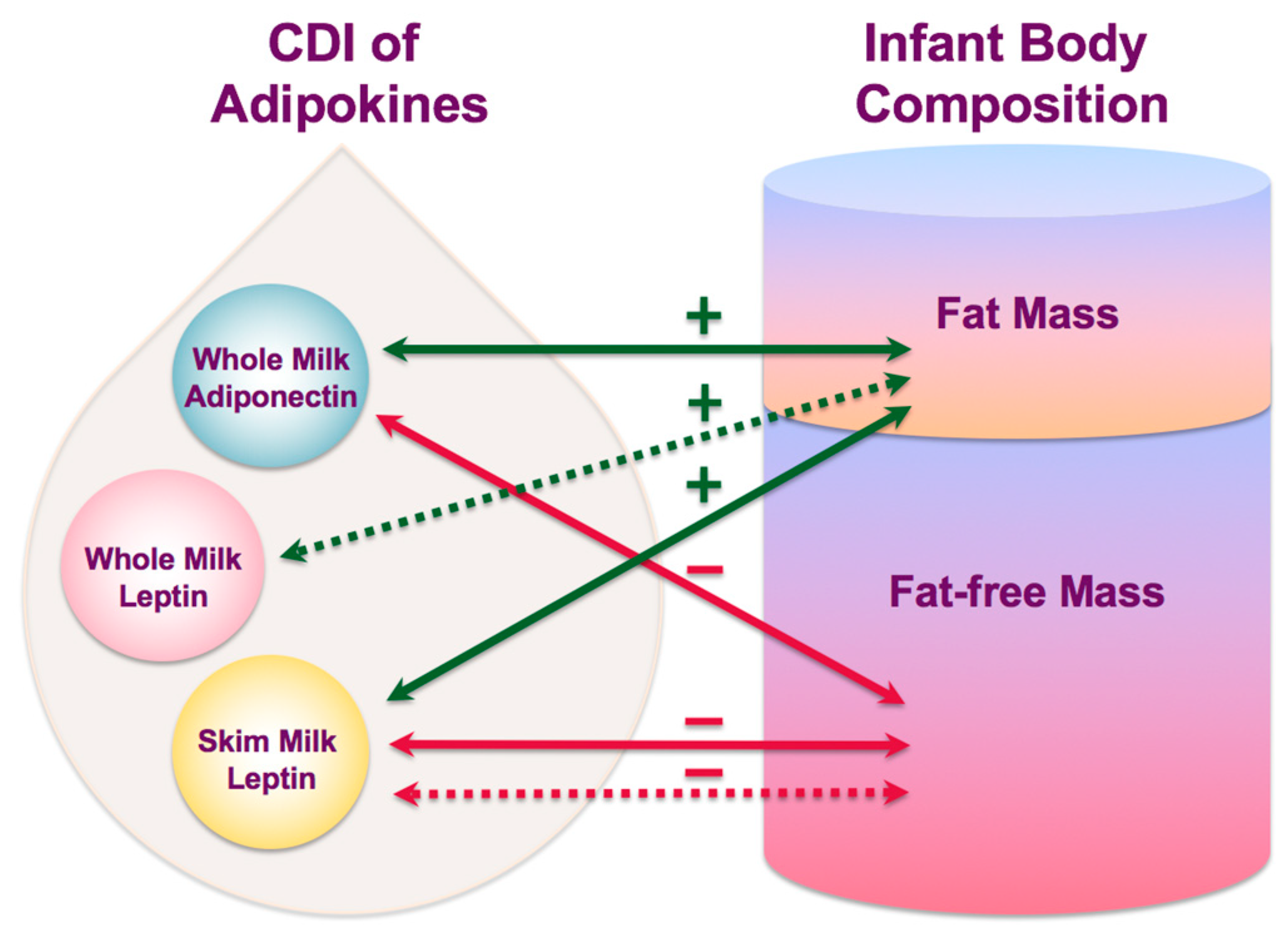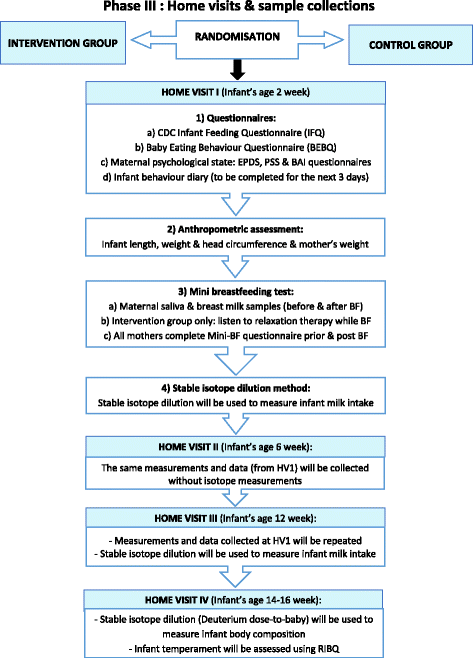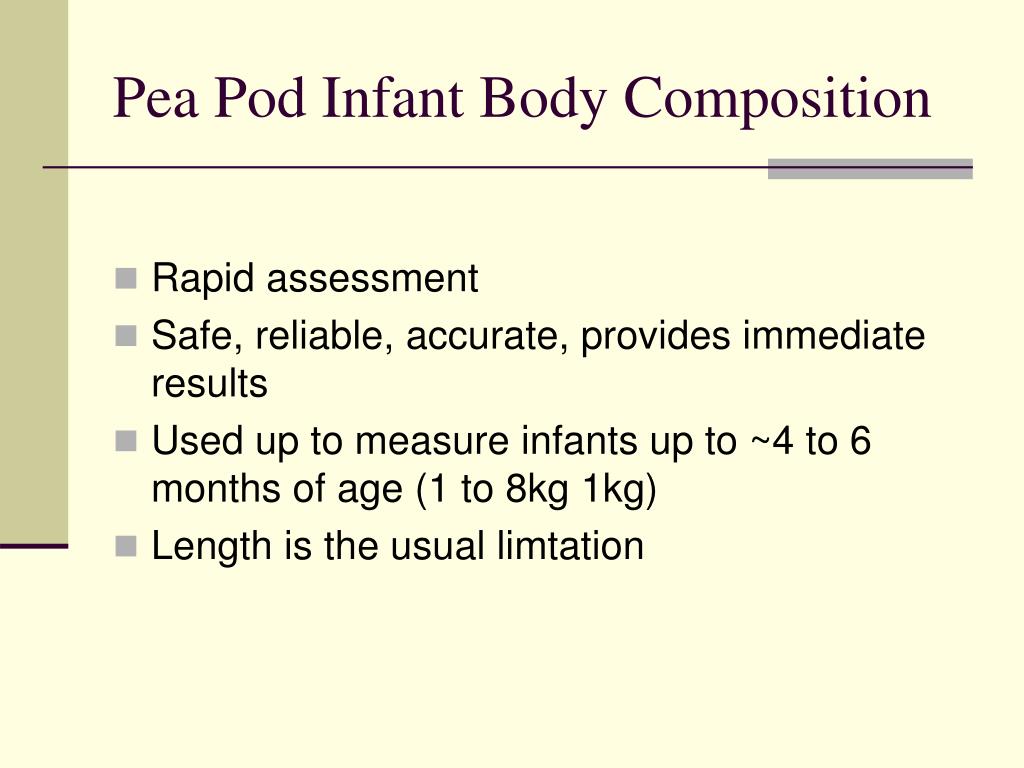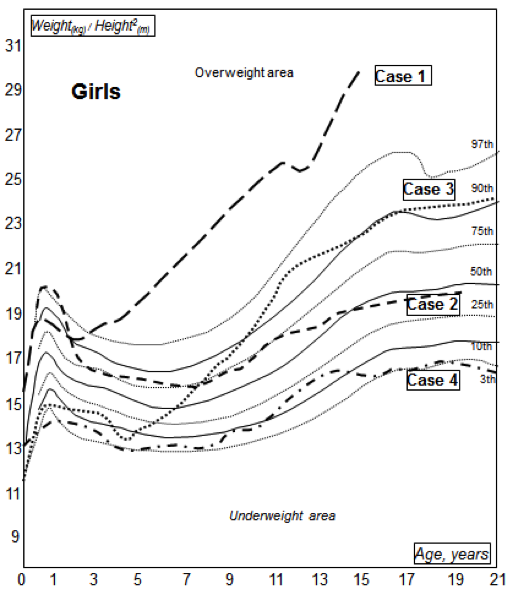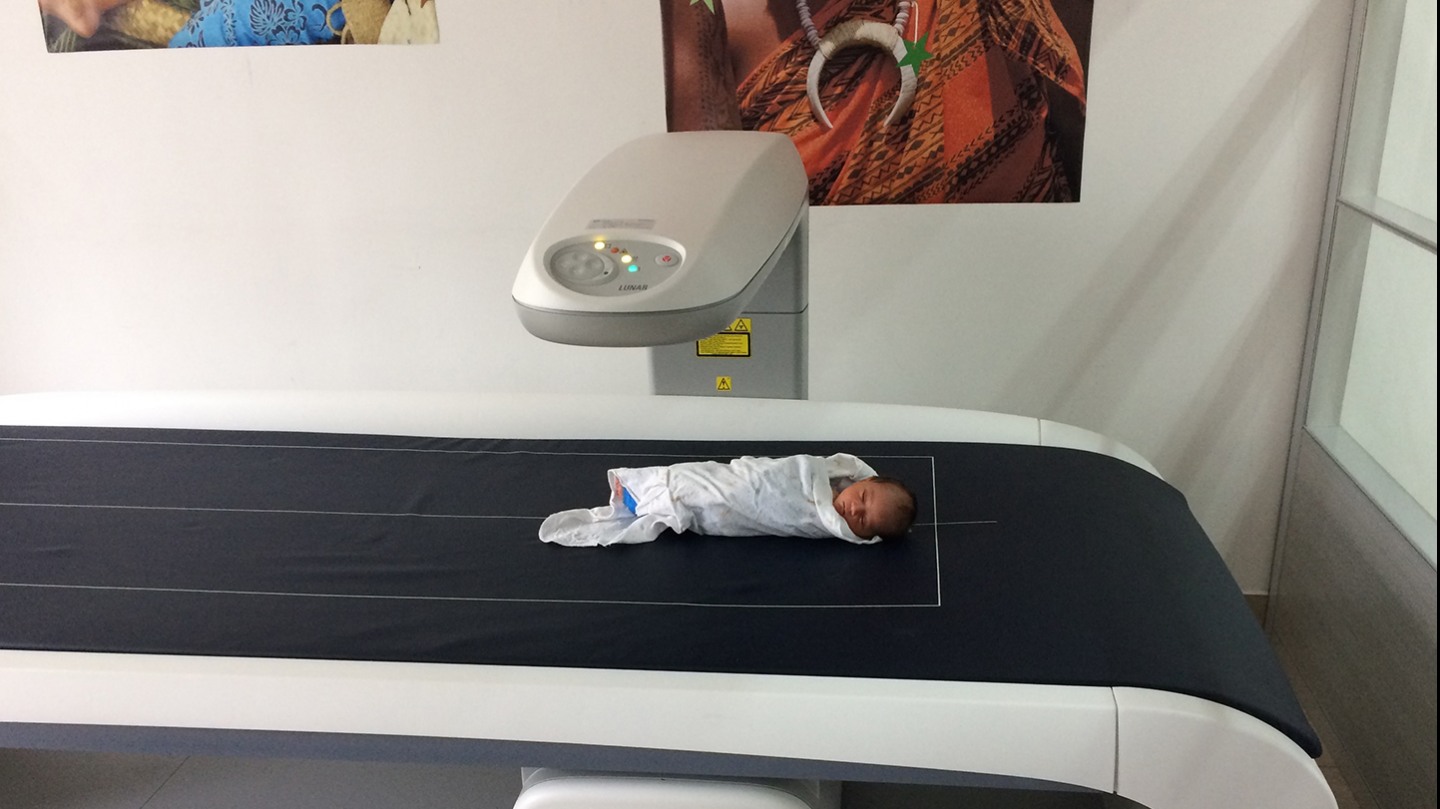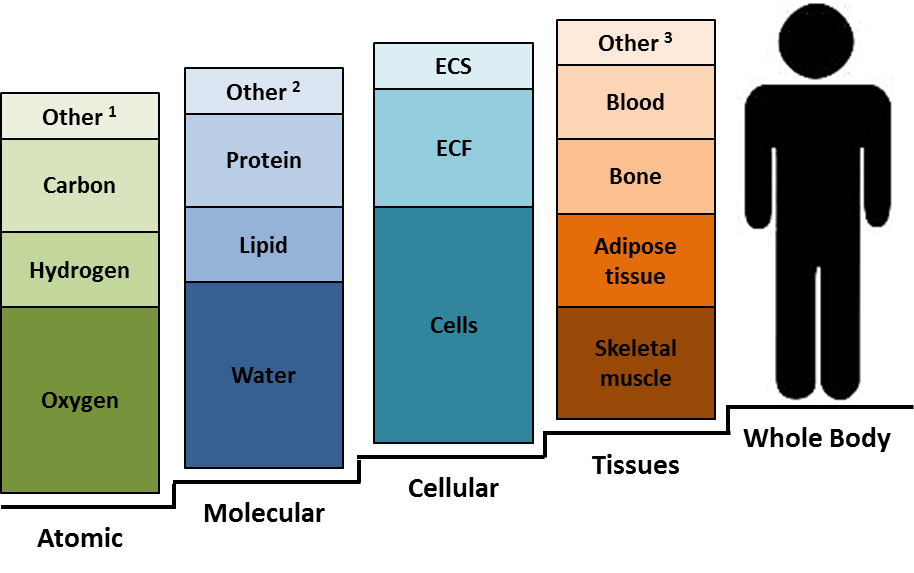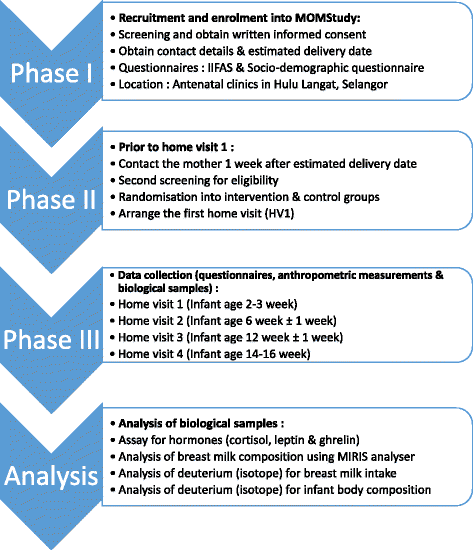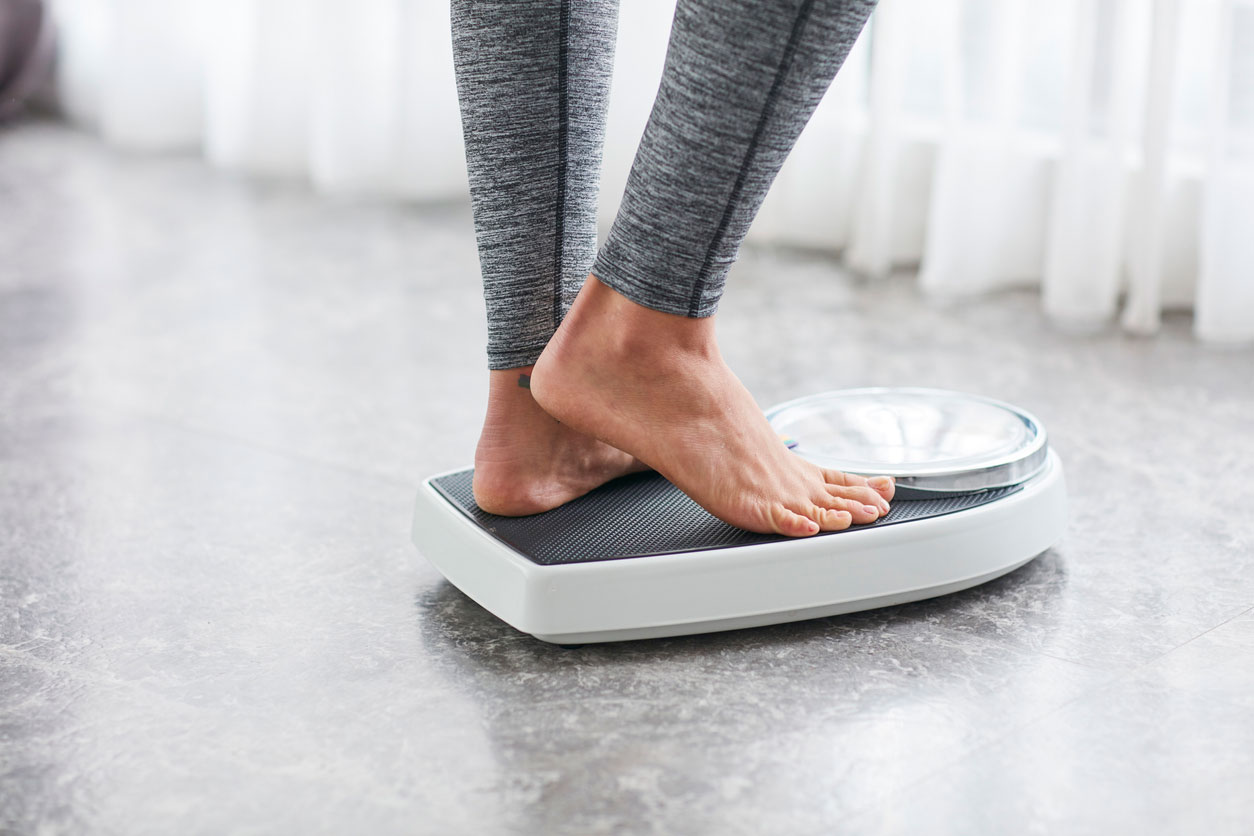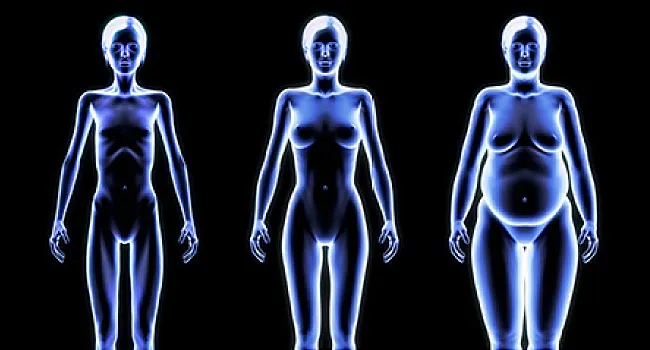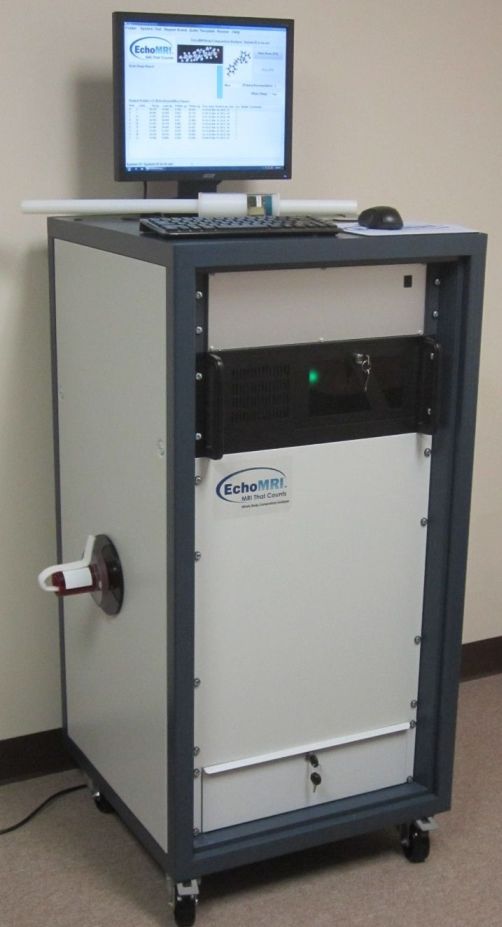
Measurement Of Body Composition In Infants
The body composition of children from birth to 16 years of age has been measured using this method table 1 1 3. Evidence base and practicalities 1. The adp has been validated for use in infants from birth to 8 kg 6 months and in children older than 5 years. The peapod figure 14 has been shown to be accurate in comparison to underwater weighing for assessment of. At birth and term we measured weight and length and calculated body mass index. The body composition of children from birth to 16 years of age has been measured using this method table 1 1 3.
Dual energy x ray absorptiometry dxa is a method to assess body composition based on the three compartment model. However there remains a gap for use in children from 6 months to about 5 years of age. Introduction studies evaluating the growth of preterm infants show them reaching term equivalent age with less. Skinfold thickness is a simple means of estimating body composition which is widely used in children but there is little information on its validity. Adp is now considered a criterion method of body composition analysis in children 18 and in several studies it has provided more accurate measurements of body fat than dxa 19 20. Dual energy x ray absorptiometry dxa is a method to assess body composition based on the three compartment model.
There has been a proliferation of equations for estimation of body composition from skinfolds but some doubt as to their general applicability. Health care providers can use body composition information to screen for current and future health risks provide anticipatory guidance monitor therapeutic progress and tailor treatment for precision medicine. Body composition analysis in preterm infants body composition analysis can be considered as. Measuring body composition in the preterm infant. Measurement of body composition is proving increasingly important in clinical nutrition and research. The pea pod is an air displacement plethysmography adp system using whole body densitometry to determine body composition fat and fat free mass in infants weighing between 1 and 8 kg.
At term infants underwent air displacement plethysmography to determine body composition fat and fat free mass and magnetic resonance imaging to quantify brain size bifrontal diameter biparietal diameter transverse cerebellar distance. Measurement of body composition during infancy and childhood has important uses in primary and specialty health care settings clinical research and national surveys and surveillance. Currently the pea pod is the only commercially available technology that allows for accurate body composition assessment of newborns. The pea pod is extremely simple to operate with software prompts guiding the operator through each step of the process. Two instruments are commercially available for adp assessment of body composition.
Random Post
- jfk body measurement
- accurate bra size measurement
- digital body fat measurement
- kim ah joong body measurement
- divya khosla kumar body measurement
- nora fatehi body measurement
- fitbit app body measurements
- bra measurement conversion
- human body measurement pdf
- aoa seolhyun body measurement
- body measurements blouse cutting
- body measurement weight loss chart
- karan tacker body measurement
- bra fitting hamilton
- body measurement app for clothing
- sanam saeed body measurement
- all wwe wrestlers body measurements
- boux avenue bra measurement
- zinc body measurement
- when to take body fat measurement
- yuvika chaudhary body measurement
- summer walker body measurement
- body measurements fat loss
- which of the following is the most accurate measurement of body temperature
- body measurement hunter king
- indian female body measurements chart
- mastectomy bra measurement
- importance of body temperature measurement
- ramya krishna body measurement
- srabanti chatterjee body measurement
- jeep cj7 body measurements
- know body measurements
- iris mittenaere body measurements
- erin holland body measurement
- floyd mayweather body measurement
- mawra hocane body measurement
- thulasi nair body measurement
- taking body measurement
- aaron finch body measurement
- gym body measurement chart
- r&b body measurement
- body mass index calculator with waist measurement
- dexa scan for body fat measurement
- amandla stenberg body measurement
- deepika singh body measurement
- leena jumani body measurements
- body measurement mary wiseman
- body measurement using camera
- abigail ratchford body measurements
- slim body measurements
